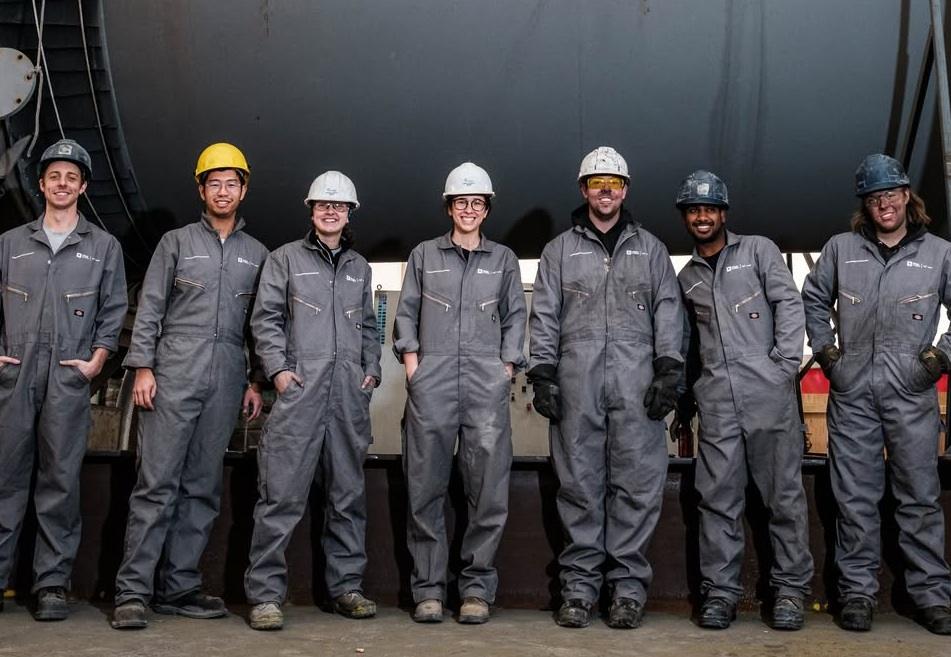Carbon Upcycling Raises $18 Million to Turn Waste and CO2 Into Cement
Cleantech company Carbon Upcycling announced that it has raised $18 million in a new investment round, with proceeds aimed at scaling its solution to capture and utilize CO2 to produce building materials. The round was led by impact platform Builders Vision.
Founded in 2014, Calgary-based Carbon Upcycling delivers carbon and waste circularity solutions aimed at decarbonizing hard-to-abate industries, including upcycling industrial CO2 emissions and byproducts into low-carbon cement. The company’s “CUT CO2” solution is installed at industrial facilities to capture emissions before they are released into the atmosphere, and utilizes the CO2 to enhance solid waste byproducts from sources including coal, steel and glass production plants, into high-performance supplementary cementitious materials.
The company is currently developing its flagship carbon capture & utilization project at the Ash Grove Cement Company Mississauga Cement Plant, and recently signed a memorandum of agreement with TITAN Group to assess projects at two of its cement plants. Carbon Upcycling has set a goal to reduce 4 million tonnes of CO2 by 2030.
Apoorv Sinha, CEO of Carbon Upcycling, said:
“Builders Vision’s investment, alongside the renewed support of our partners, is a powerful signal that the market is ready for scalable, science-based solutions like Carbon Upcycling. With the support of Builders Vision and our strategic partners, we are setting the foundation for low-carbon construction, demonstrating that it is not just possible — but practical, profitable, and available today.”
In addition to Builders Vision, the round included participation from existing investors Business Development Bank of Canada, Climate Investment, Amplify Capital, and strategic investors CRH Ventures, Oxy Low Carbon Ventures, and TITAN Group.
James Lindsay, Investment Director at Builders Vision, said:
“Carbon Upcycling is redefining what’s possible in industrial decarbonization by turning waste and emissions into valuable, scalable materials. Their technology is widely applicable to a number of local feedstocks and quickly integrates onsite to existing production facilities, and that’s what the market needs. We’re proud to support their growth as they lead the charge toward a more sustainable and resilient construction industry, starting with a flagship project that sets a new global standard.”







